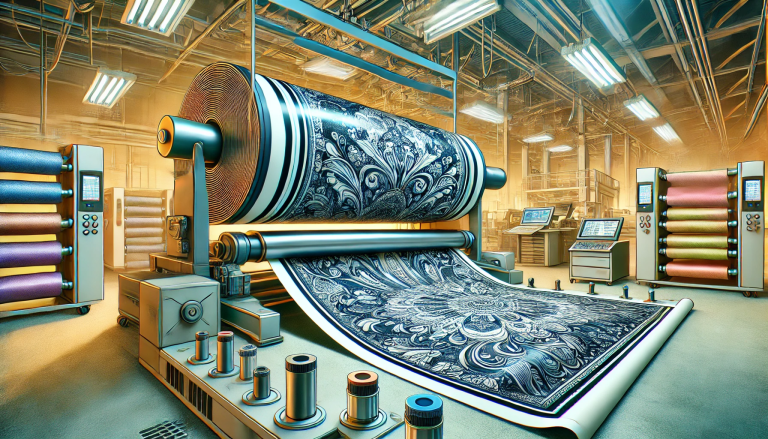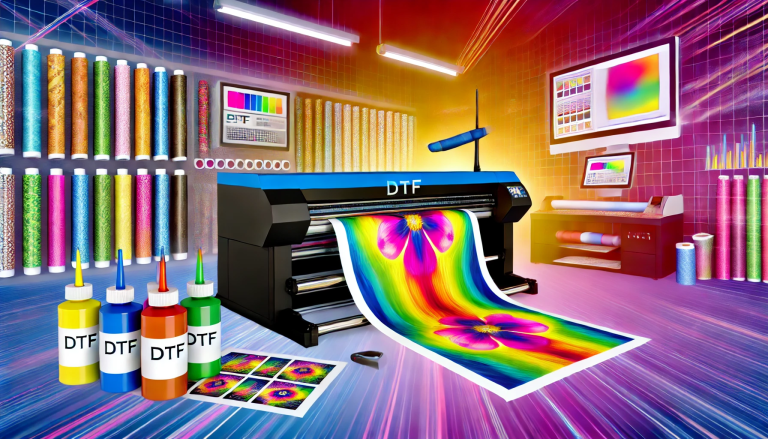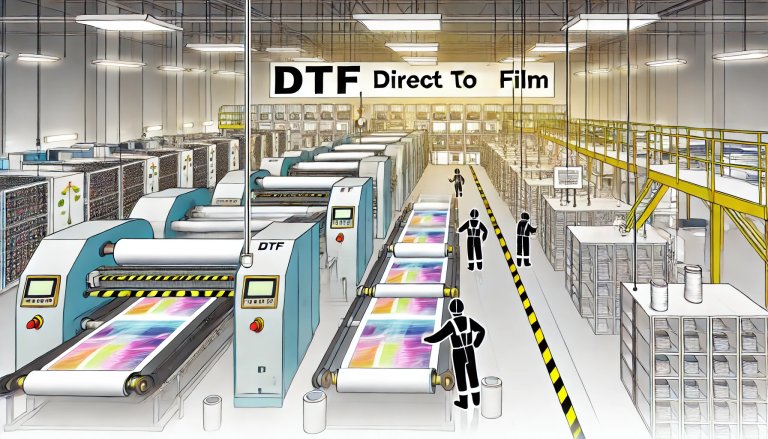“Can I Use Sublimation Ink on DTF Film? Decoding Printing Techniques” -MAXDTF- UV Magic Paper Manufacturer, China UV DTF Printing Paper, Made in China
The world of digital printing is awash with terms, techniques, and technologies. As innovative methods emerge, so do the questions about their compatibility and application. One such common query that pops up is, “Can I use sublimation ink on DTF film?” Let’s dive deep into this question and unpack the nuances of these two printing techniques.
Understanding the Basics
Before we get into the compatibility question, it’s essential to understand the basics of both sublimation inks and DTF (Direct-to-Film) printing.
- Sublimation Ink: This is a specialized type of ink that turns into gas when heated, bypassing the usual liquid phase. It’s used primarily for transferring designs onto polyester or other suitable materials. The design is first printed onto sublimation paper, and then, using heat, the ink sublimates and permeates the substrate, giving a durable and vibrant print.
- DTF Film: DTF stands for Direct-to-Film. In this method, designs are printed directly onto a specific film. Once the design is on the film, it’s coated with adhesive powder, cured, and then transferred onto a substrate (like textiles) using heat. DTF is praised for its versatility, allowing for high-quality prints on a wide variety of materials, including cotton.
Mixing Sublimation Ink and DTF Film: A Good Idea?
Now, to the heart of the question: Can you use sublimation ink with DTF film?
Technically, yes, but it’s not recommended. Here’s why:
- Different Chemical Compositions: Sublimation inks and the inks used for DTF are formulated differently. DTF inks are designed to adhere to the film and then to the substrate with the help of the adhesive powder. Sublimation inks, on the other hand, are designed to vaporize and penetrate polyester fibers or coated surfaces.
- Unpredictable Results: Using sublimation inks on DTF films might not provide the desired vibrancy, sharpness, or durability in the transferred design, given the inks’ intent to sublimate.
- Cost Inefficiency: High-quality sublimation inks are often more expensive than regular DTF inks. Using them in a process they aren’t explicitly designed for might lead to a waste of resources.
- Compatibility with Printers: Not all DTF printers might be compatible with sublimation inks. Mixing them could lead to printer malfunctions or maintenance issues.
Final Thoughts
While innovation and experimentation have led to many breakthroughs in the world of printing, it’s essential to understand the core principles and intended uses of different materials and inks.
To get the best out of both worlds, it’s advisable to use sublimation inks for sublimation processes and DTF inks for DTF printing. This ensures that you achieve optimal results, maintain the longevity of your equipment, and get the most bang for your buck.
So, the next time you’re curious about mixing different printing methods and materials, remember to dive deep into their fundamentals. It could save you time, money, and a few printing mishaps!





